|
Genres, Themes, Actors, and Directors:
- Airplanes and Pilots
- Mervyn LeRoy Films
- Robert Mitchum Films
- Robert Walker Films
- Spencer Tracy Films
- Van Johnson
- World War II
Review:
Mervyn LeRoy directed and Dalton Trumbo scripted this adaptation of a journalistic memoir about T.W. Lawson, a pilot during the notorious
Doolittle Raid who lost part of a leg after a crash landing near the island of Nantien. It’s well-crafted patriotic fare, taking time to firmly establish the willingness (and bravery) of all the men who volunteered for this secret mission; the amazing lives (and women) they left behind); and how challenging it was for the men to learn how to engage in bold new aerial tactics with B-25 bombers. According to TCM:
“MGM notified the War Department that they had three goals in making the film: to improve public morale, to dispel rumors that the Army and Navy were not working together effectively during the war and to generate support for China’s part of the war effort by showing how the Chinese Army and peasants helped downed U.S. flyers escape the Japanese. The studio did not, however, mention that the Chinese helping the downed flyers were Communist guerillas.”
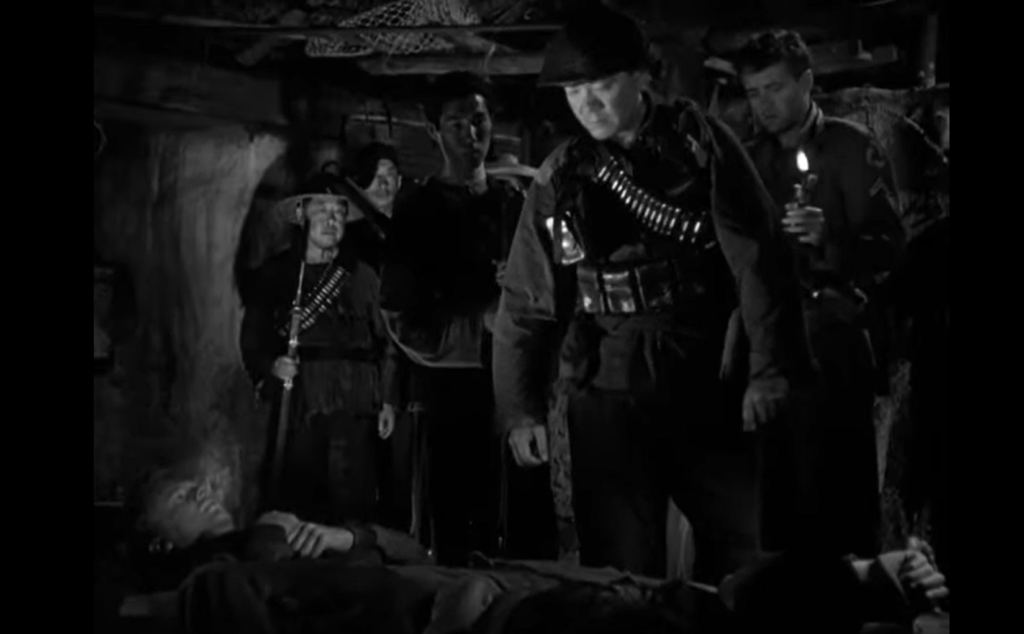
Indeed, it’s refreshing to see the sincere effort put into demonstrating Sino-American collaboration: while none emerge as fully-rounded protagonists, the Chinese characters are at least shown to possess humanity and compassion. (As Lawson tells Dr. Yung [Benson Fong]: “You’re our kind of people.”)
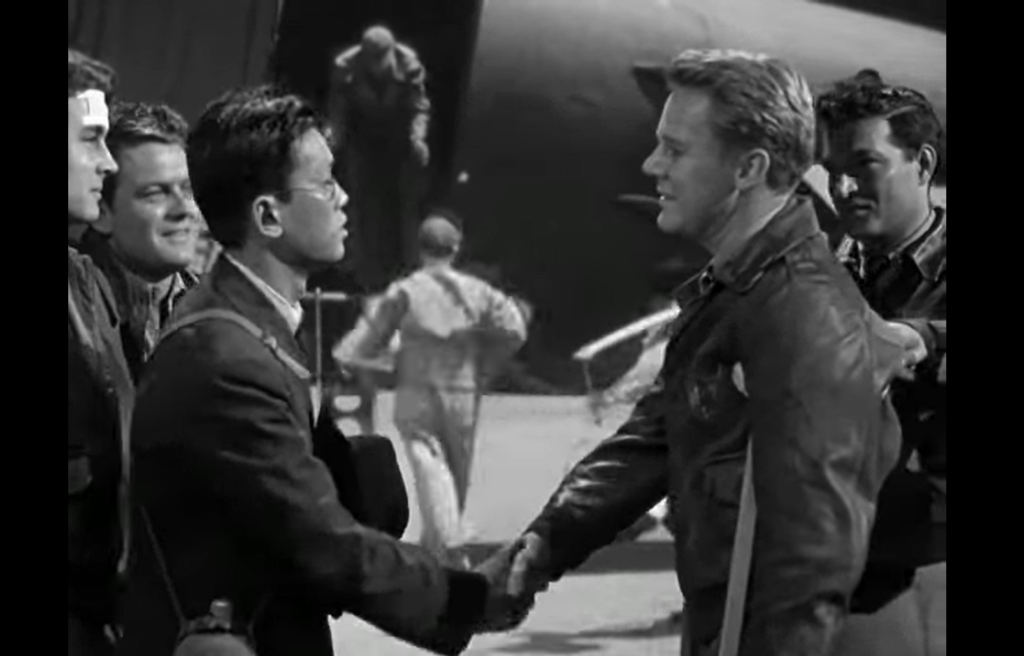
With that said, Thaxter’s character is written (and portrayed) in an overly earnest fashion (does the couple ever stop their mutual adoration club?)
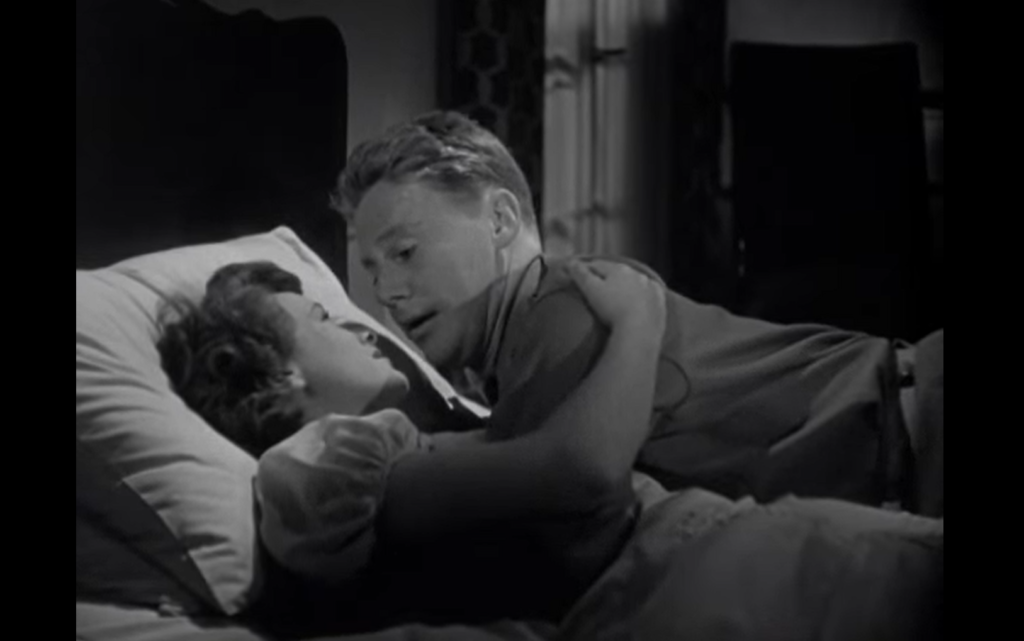
and emergent stars Walker and Mitchum aren’t given big enough roles.
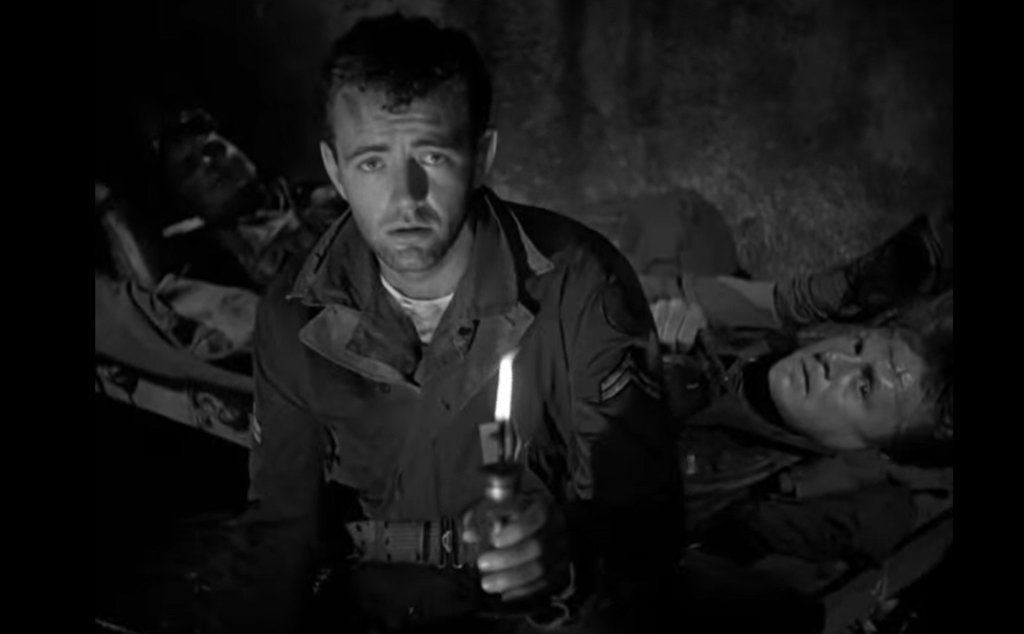
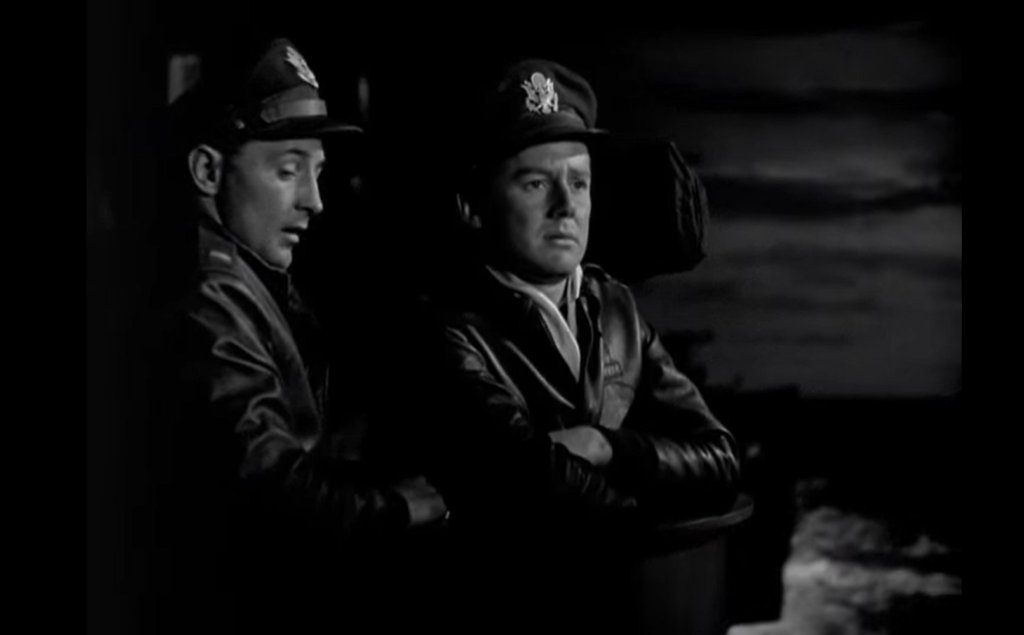
This film will primarily be of interest to WWII aerial buffs.
Redeeming Qualities and Moments:
- Fine cinematography and (Oscar-winning) special effects
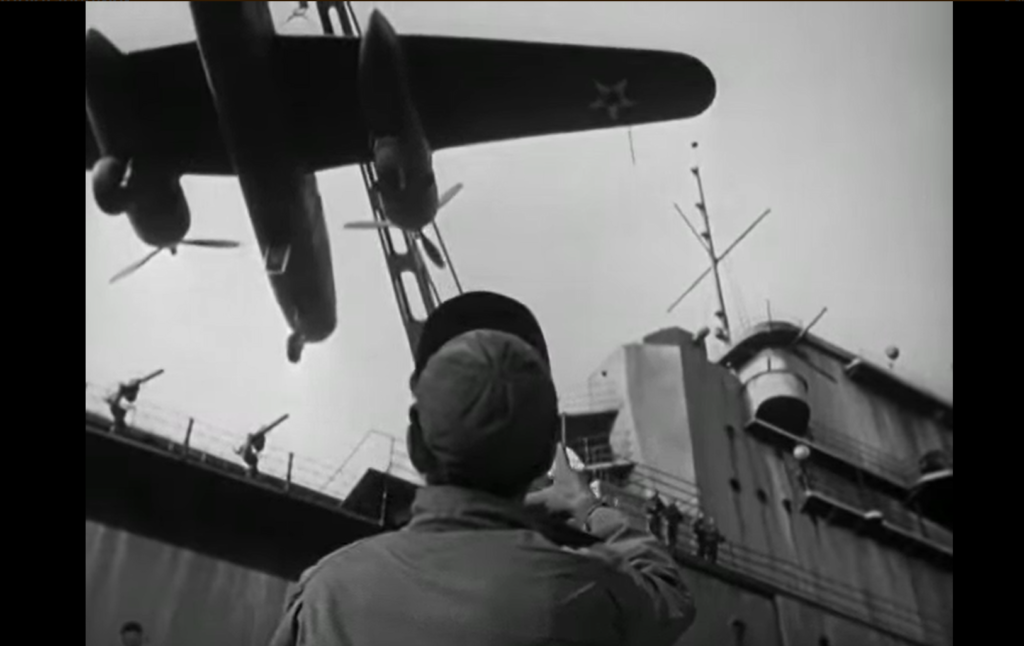
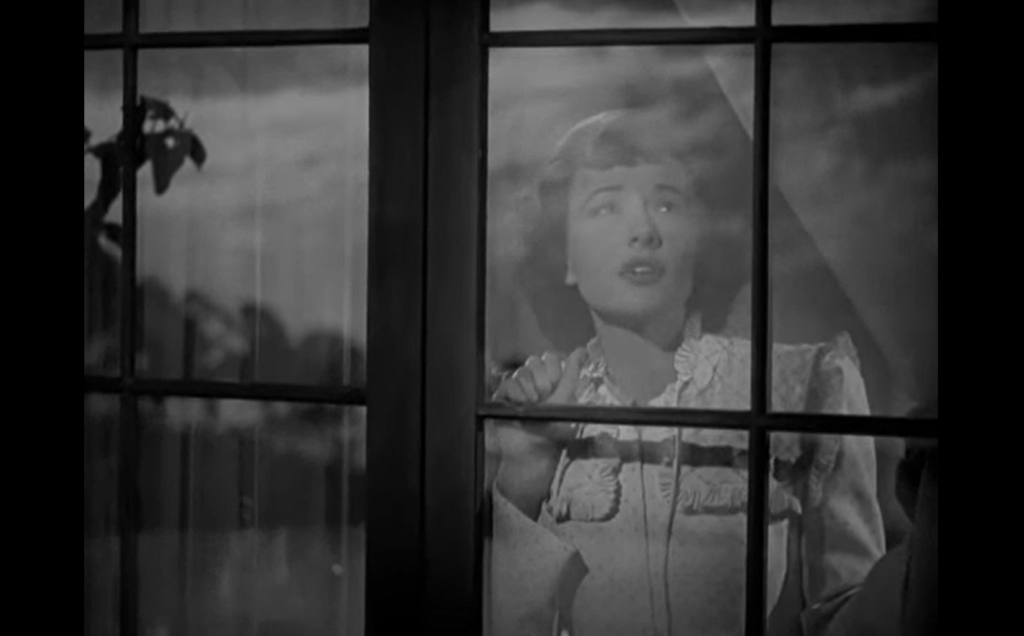
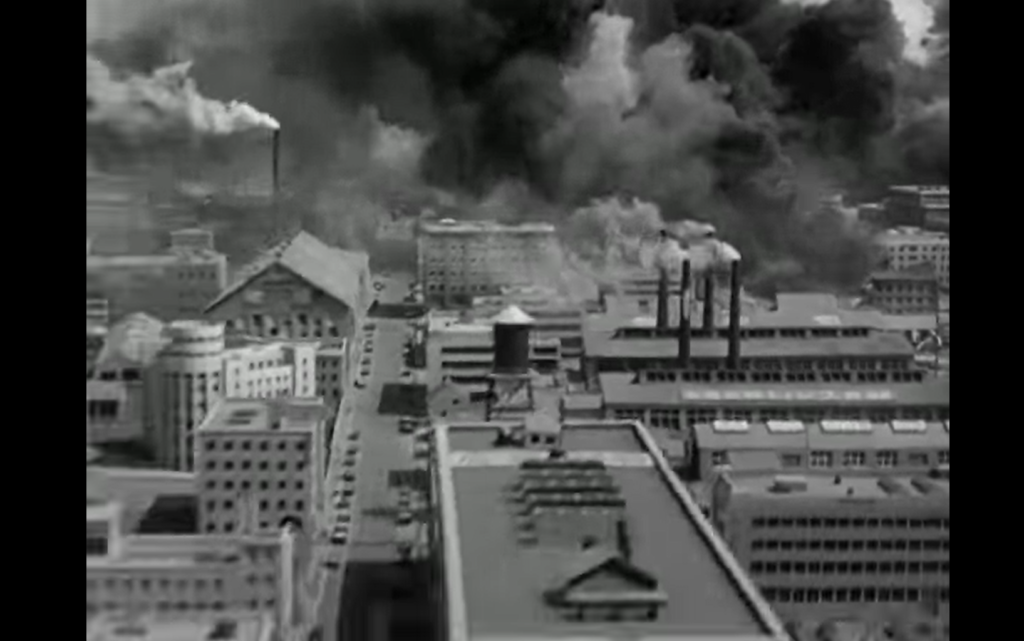
Must See?
No, though it’s worth a look for historical purposes.
Links:
|
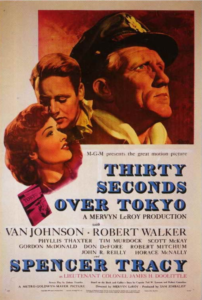








One thought on “Thirty Seconds Over Tokyo (1944)”
First viewing. A once-must, for its place in both cinema history and US history.
LeRoy’s film gets major credit for what Wikipedia also confirms: “The film is known for its accurate depiction of the raid and use of actual wartime footage of the bombing aircraft. The production crew worked closely with Captain Ted Lawson and other members of the raid to make the film as realistic as possible.” It’s an all-too-rare thing when a Hollywood film about American history goes to such lengths to not alter the facts instead of inventing or fudging for Hollywood purposes.
That said, the second half of the film is much more engaging than the first half. Not that the first half is bad – the set-up of the mission is, in itself, enough to keep it going – but screenwriter Trumbo’s depictions of the average citizens involved (esp. the women) at times suggests that he may not have been the best when it came to how such people talk and relate. But, in the scheme of things here, that’s not a major concern.
From the time the mission is actively in place, the film is rather gripping and the larger part of its humanitarian aspect comes through. (The sequence involving the crash of Johnson’s plane is particularly effective.)
cf: ‘The Purple Heart’ (1944)